On Nov14, Directors UK & ARRI will host a 90-minute session that includes the screening of six single-shot short films. The event will be held within the Camerimage International Film Festival. That might be an excellent opportunity to educate filmmakers regarding the art of the long take.
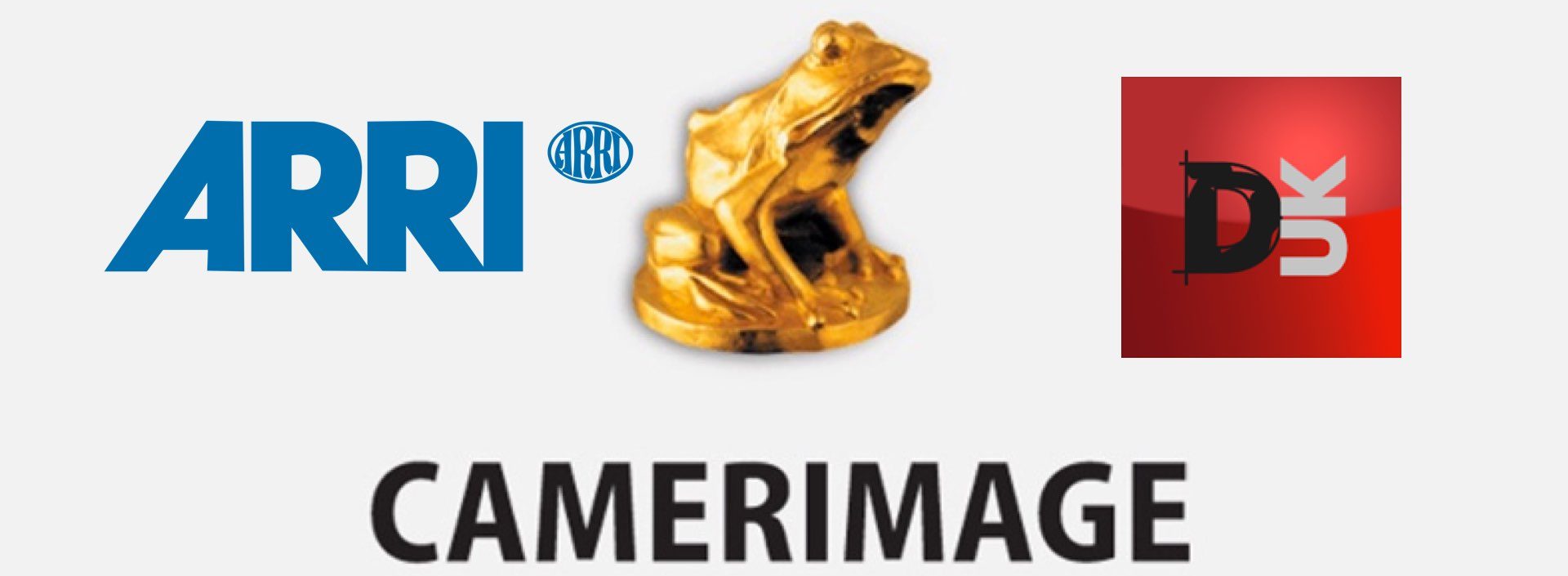
What counts as Long-Take?
That’s a valid question. From Wikipedia: “Long take is a shot lasting much longer than the conventional editing pace. The length of a long take was originally limited to how many films a motion picture camera could hold. Still, the advent of digital video has considerably lengthened the maximum potential length of a take.” If so, what are the normal values of the “conventional editing pace”? That’s not a mathematical question since the range of a clip is broad (from 0.05 seconds to a few minutes).
Emmanuel Lubezki: Long-take as a trick
Emmanuel Lubezki, A.S.C., A.M.C, is known for his very long takes. Lubezki’s longest one-shot was more than 12 minutes (Gravity- opening scene), which is quite an impressive shot. “When you create these long shots, it feels to me as if I was transported there. It feels more dangerous and more mysterious,” says Lubezki in one of his interviews. “Cutting and shooting with multiple cameras and so on was so effective ten years ago, but is maybe not as effective anymore as a trick. Probably this trick of the long take will become old in a few years, too, and we’ll need to come up with another trick.”
We wrote an article about the cinematography skills and techniques needed for the execution of one of the main shots in the film 1917, directed by Sam Mendes. Mendes said that “There is no better way to tell this story than with one continues shot,” and indeed, there are several long takes in the film. However, according to Mendez: “The dance of the camera and the mechanics have to be in sync with what the actor is doing”. That limitation contributes to the complexity of the one-take methodology and concept.
Take a look at the short BTS video below which shows a bit of the challenge of the one-shot-short. The film here is “Exit to Stage” by Daphne Schmon and Emily Carlton, which is one of the short films in the event.
When you create these long shots, it feels to me as if I was transported there. It feels more dangerous and more mysterious.
Emmanuel Lubezki, A.S.C., A.M.C
Long-takes techniques to enhance the immersive experience of art
We can demonstrate the statement above with the Blind Spot film as an example.
Blind Spot was filmed as a one-take. The film is a 2018 Norwegian drama directed and written by Tuva Novotny. Blind Spot was nominated for the Best Foreign Language Film at the 91st Academy Awards.
This feature was shot in one long take: Multiple actors, multiple locations, one camera, one shot.
What’s unique and unusual about the film is the length of the one-take: About 90 minutes of one single shot. In order to execute this complicated operation, high levels of preciseness are needed, since there is no room for mistakes. However, it pays off since this ultra-long take helps to create an immersive experience. The audiences feel uninterrupted (by an ‘aggressive’ edit cuts), which elevates their experience.
Watch the trailer down below:
Single-shot short: Discussion about challenges and cinematography technological approach for proper execution
On Nov14, at Camerimage International Film Festival, ARRI and Directors UK will host an interesting Long-Take discussion. The plan is to screen six single-shot short films. All six films were shot in one single take, which proved to be a tremendously creative and practical challenge for directors, cinematographers, cast, and crews.
As stated in the event page: “This 90-minute session will include the screening of all six films followed by round table discussions with the film’s directors. The audience will have the opportunity to learn first-hand about the challenges the directors and their teams faced. “
Check out “The Letter” which is one of the short films:
https://vimeo.com/360800483
This 90-minute session will include the screening of all six films followed by round table discussions with the film’s directors. The audience will have the opportunity to learn first-hand about the challenges the directors and their teams faced
The featured films and their directors:
- “One” by Luke Bradford
- “The Letter” by Diego Barraza
- “Exit to Stage” by Daphne Schmon and Emily Carlton
- “A Midwinter Night’s Dream” by Martin Gooch
- “The Yearning” by Isabel Anderton
- “A Bullet Wasted” by George Milton
All the films were shot on the ARRI system. The primary technological tool that facilitated these sophisticated one-shot techniques was the ARRI TRINITY, which is a hybrid camera stabilizer that combines classic mechanical stabilization with active electronic stabilization.
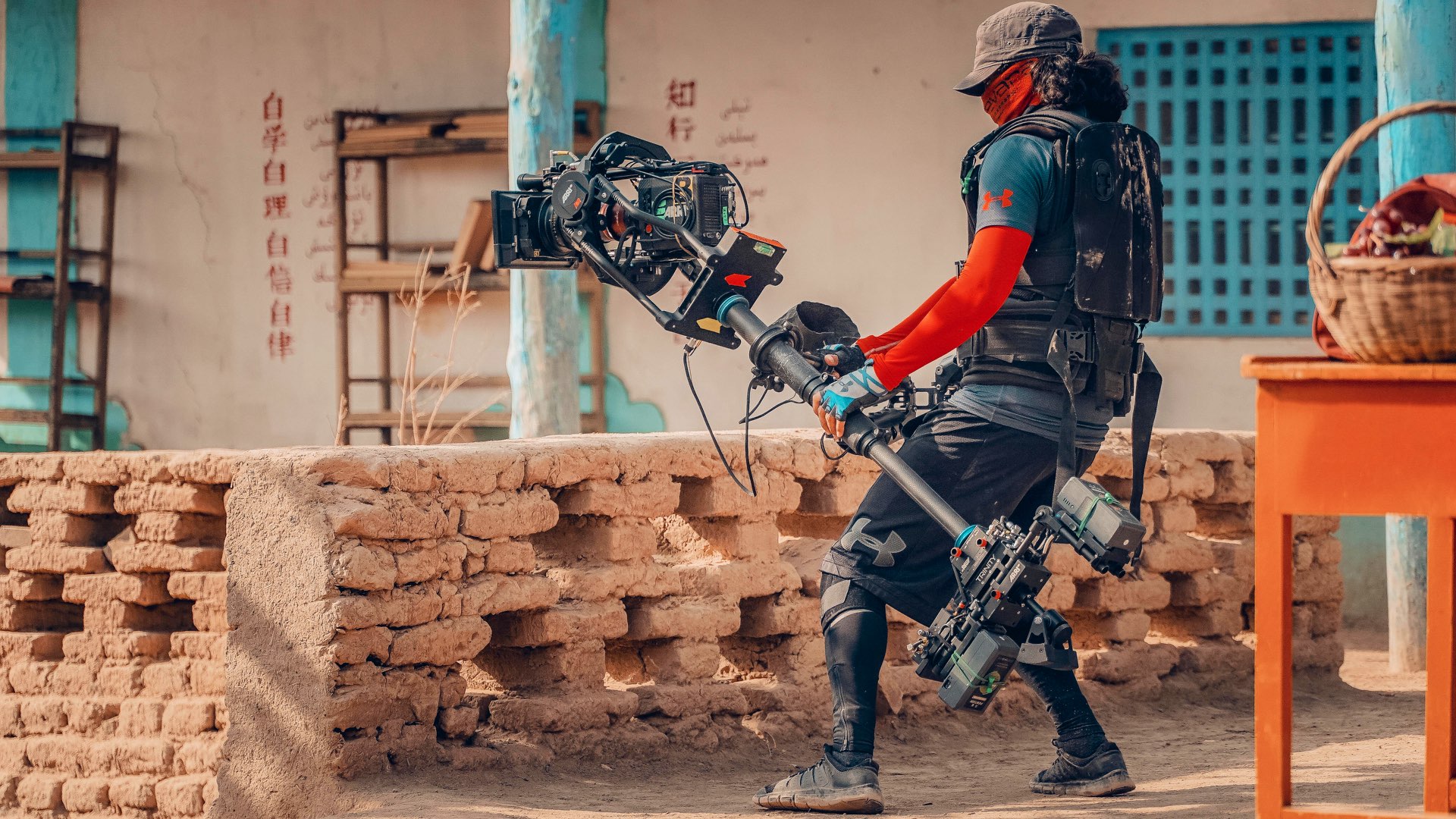
Let’s take as a reference, the film One directed by Luke Bradford, DP Scott Milton and Trinity Operator Charlie Rizek.
According to Luke: “The challenge laid down was to tell a short story in one continuous, uninterrupted shot. Our sequence involved three costume & hair changes plus three full set changes in the space of six minutes.”
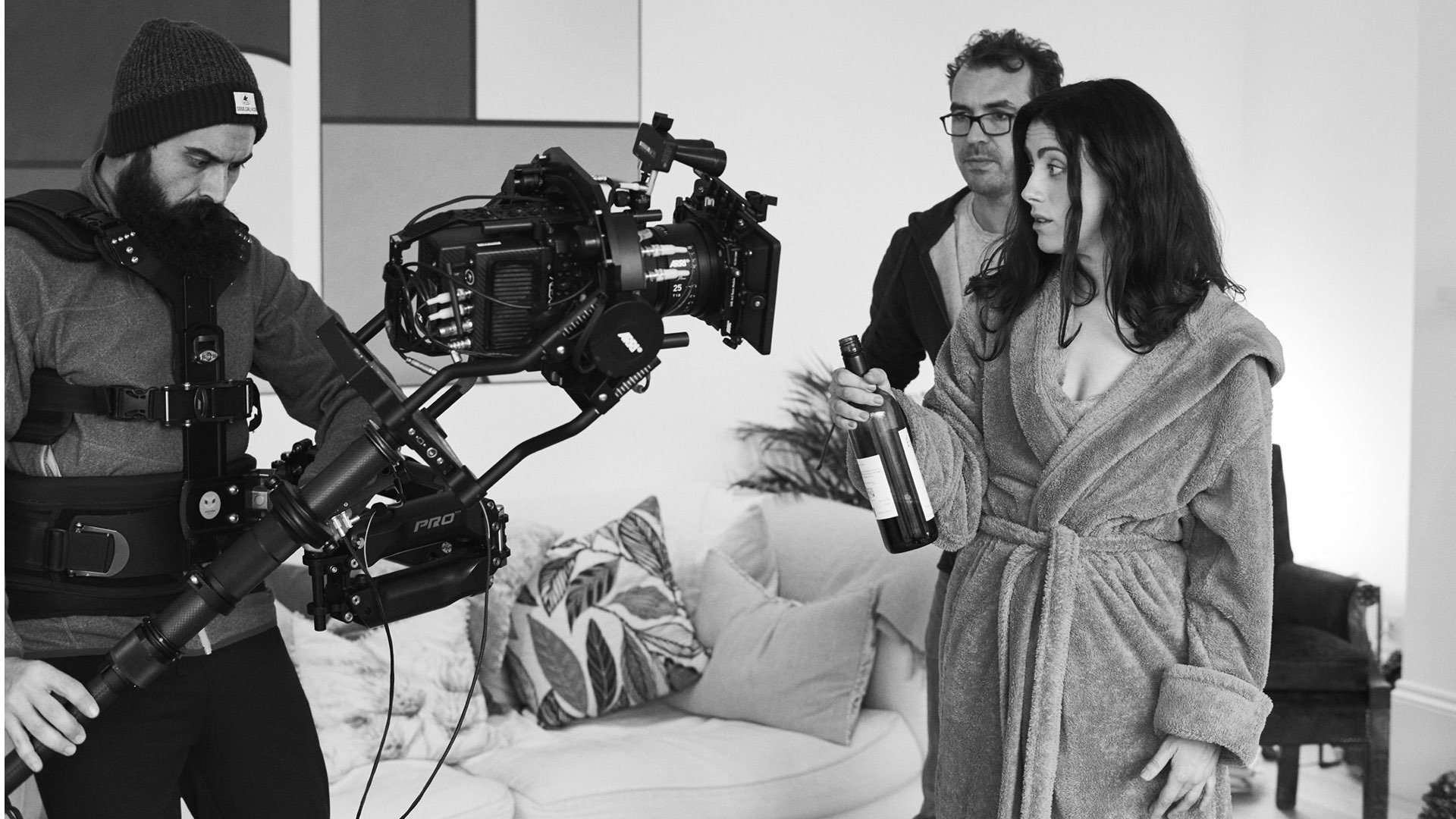
The challenge laid down was to tell a short story in one continuous, uninterrupted shot. Our sequence involved three costume & hair changes plus three full set changes in the space of six minutes
One Direcotr – Luke Bradford
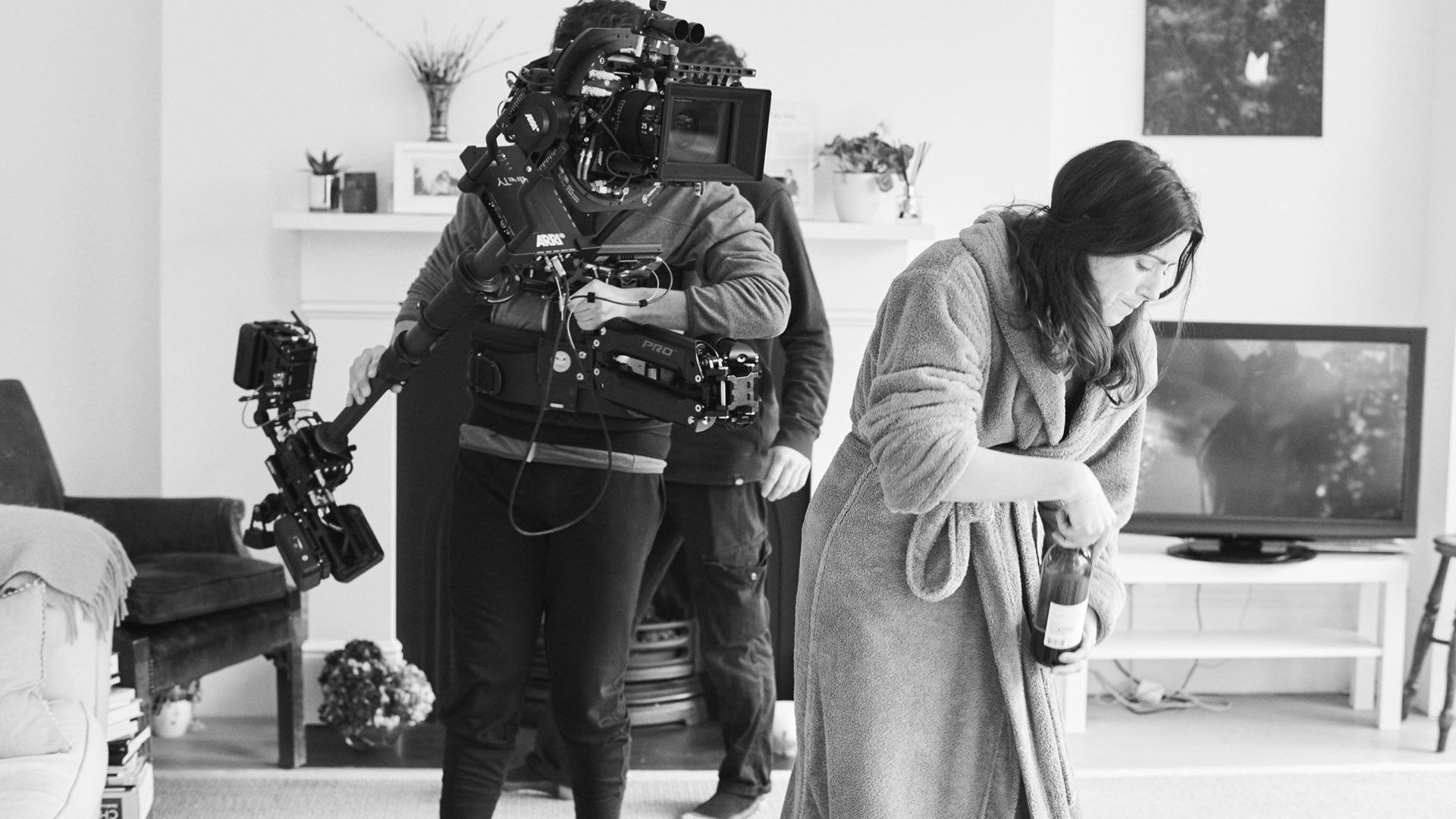
Watch the short below and try to imagine the difficulties and challenges needed for that kind of execution.
The Discussion by Directors UK & ARRI
The screening and discussion are free of charge for all Camerimage badge holders. Seating is limited and will be available on a first-come, first-served basis. Go to the event page on FB to get notified regarding more info and updates.
Final thoughts
Shooting long takes might be defined as a cinematography trick. However, there is no doubt that long takes provide a more immersive experience to the audience. Moreover, long takes feature difficulties in almost any aspect (cinematography, administrative, mobility on locations and more). Thus, long takes have to be planned in advance to the small- micro details. There is no chance of executing long takes spontaneously and without any meticulous preparation. There is one plus though…the edit is easy. The editor just takes the clip and embed it in the timeline:-)
Have you shot long takes? Do you think that long takes elevate the audience’s immersive experience? Comment below.


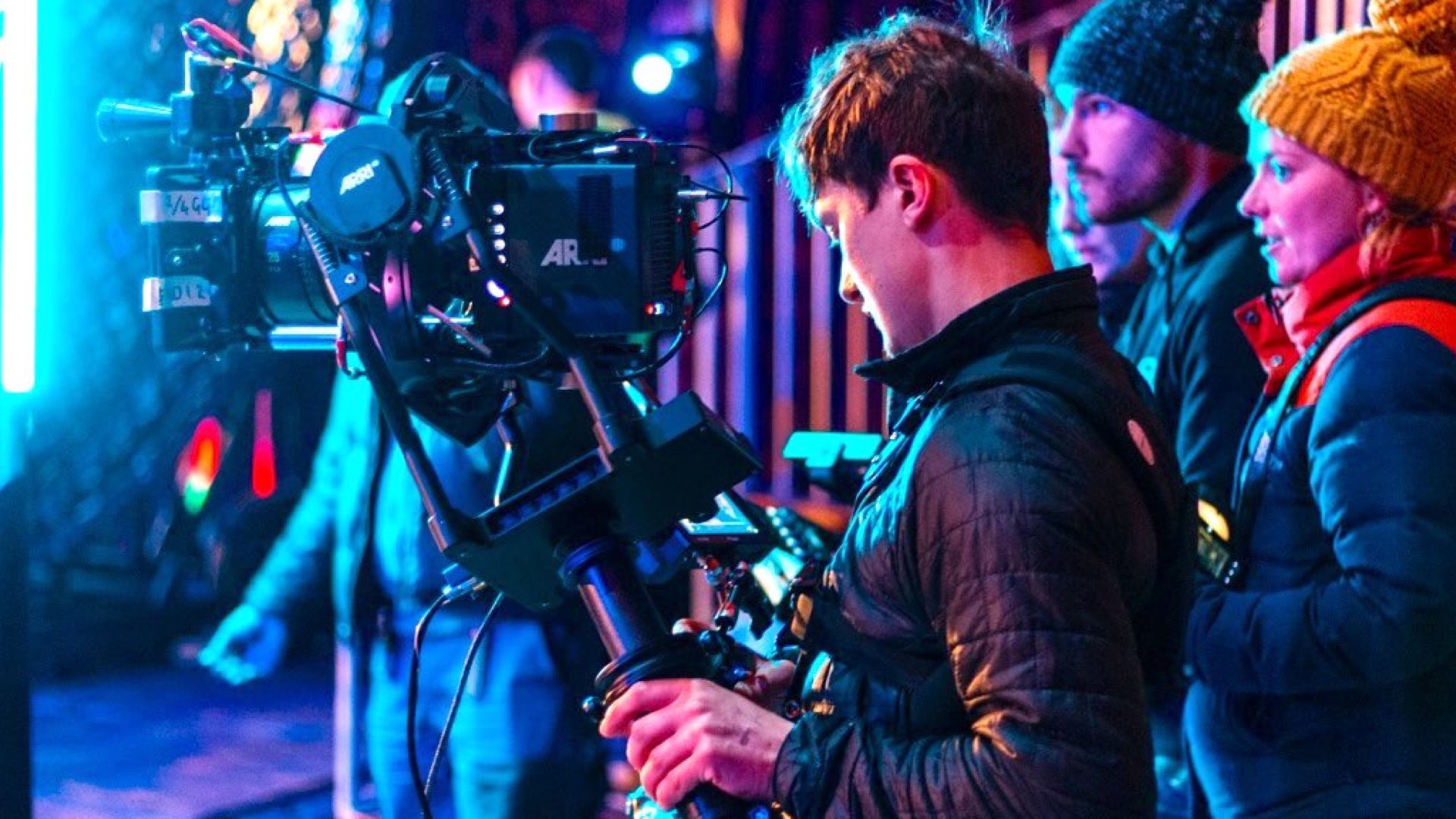

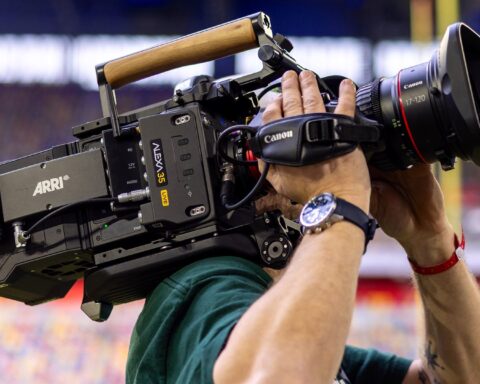

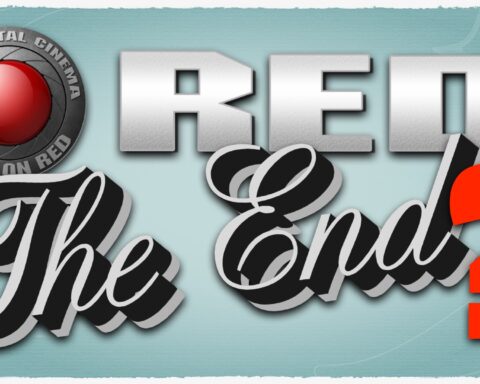

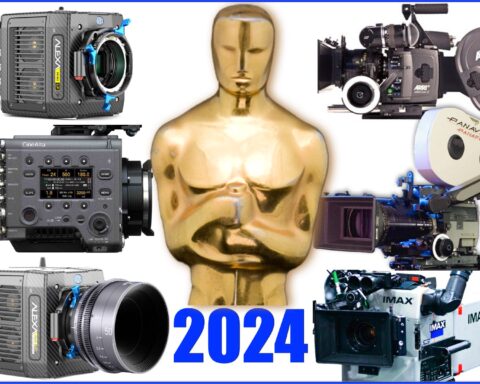

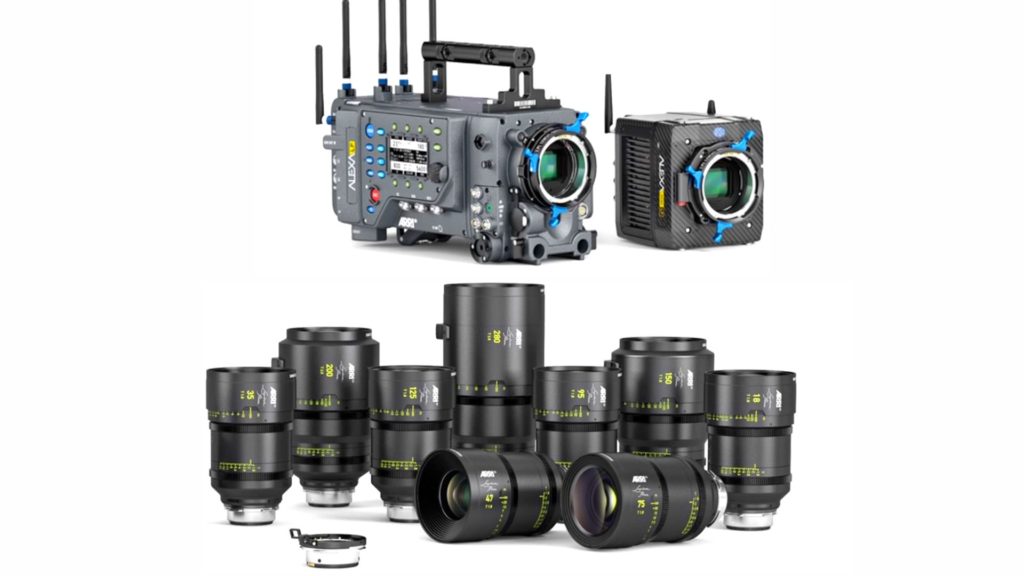
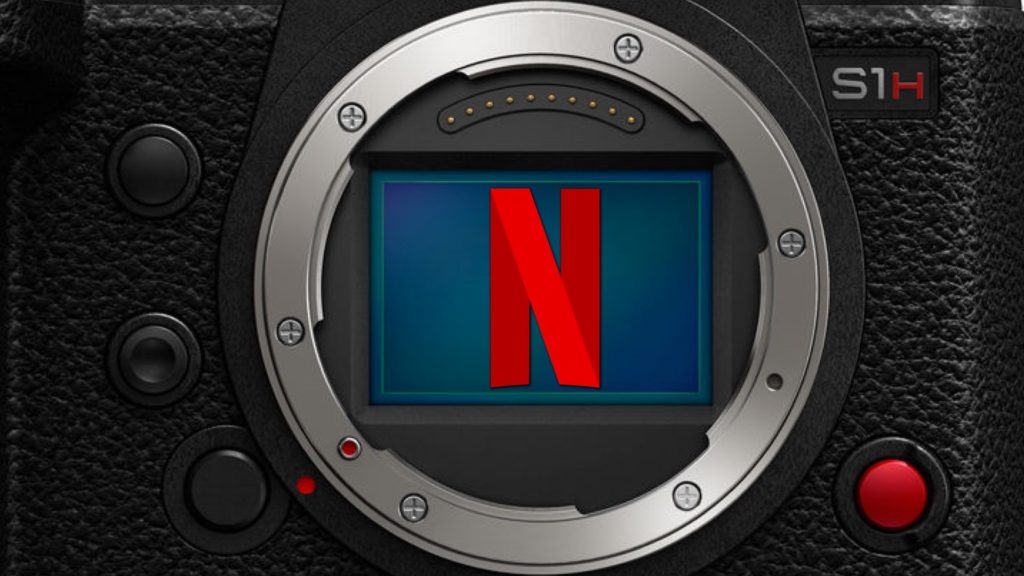
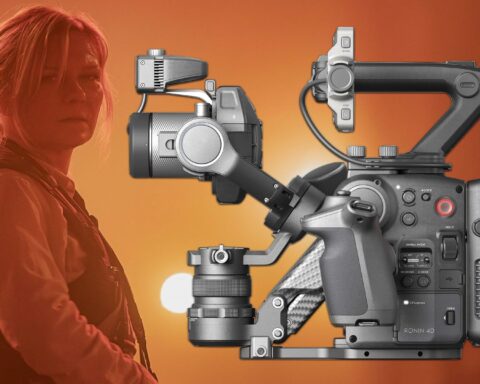





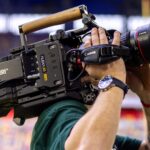
[…] have written an in-depth article regarding the art of the long takes which you can read here. Basically, the long takes feature […]
[…] we covered here the process behind executing long takes from a cinematography and production perspectives. Head to […]